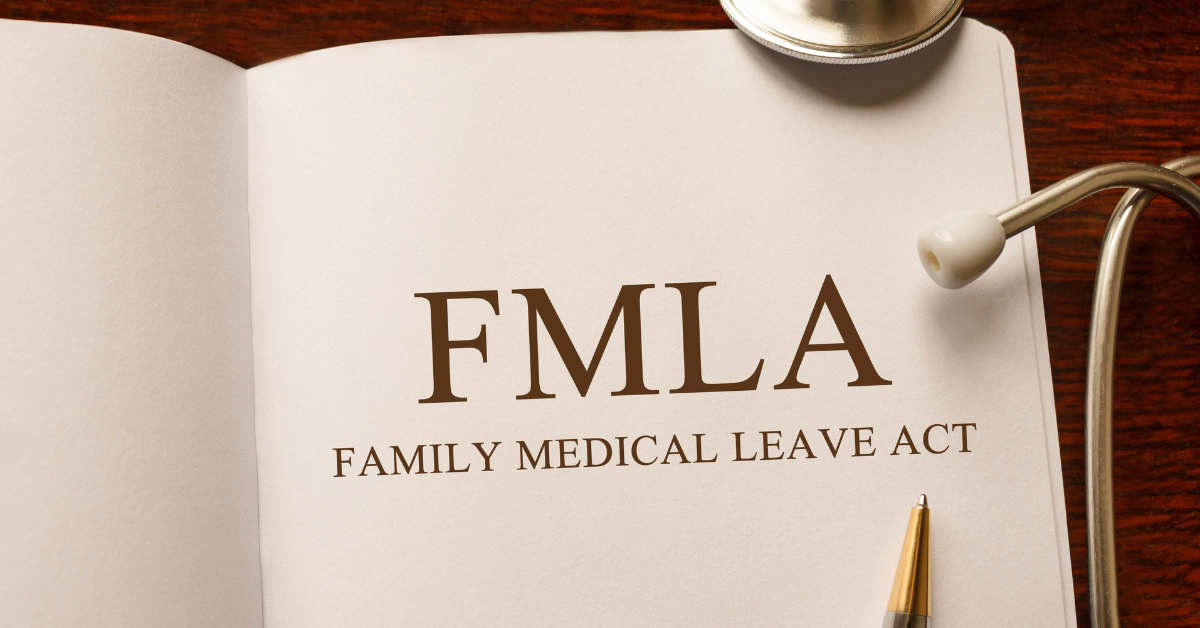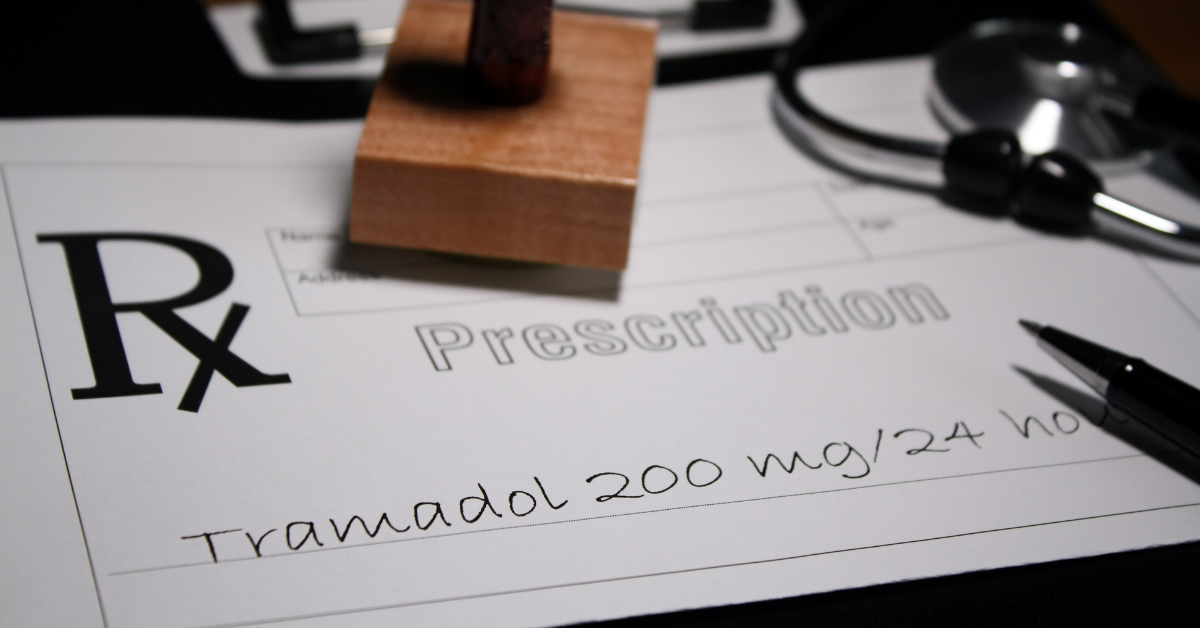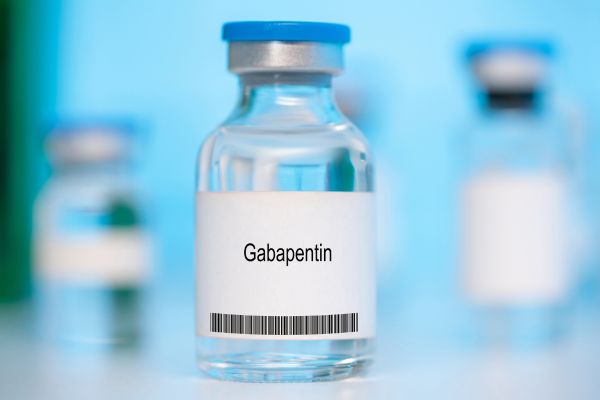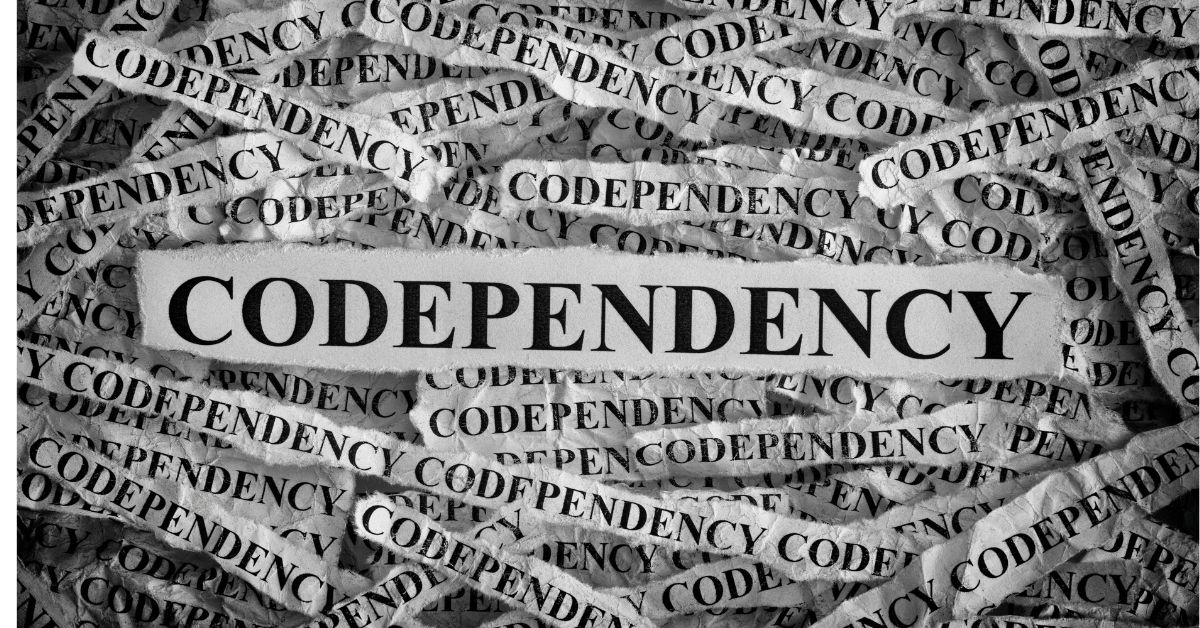At its core, addiction is a complex condition that requires comprehensive and effective treatment strategies. Evidence-based treatments (EBTs) stand out as one of the most effective solutions for addiction, offering a recovery path rooted in research and proven outcomes.
Unlike traditional methods that may be based on anecdotal evidence or well-established practices, evidence-based treatment constantly evolves and is shaped by ongoing research and emerging data in addiction therapy.
Understanding what constitutes evidence-based treatment is crucial for anyone seeking help for themselves or a loved one. Here’s everything you should know about evidence-based treatments for addiction recovery.
Defining Evidence-Based Treatment
Evidence-based treatment refers to approaches that are backed by scientific research and clinical trials, ensuring they provide the best possible outcomes for those struggling with addiction.
For a treatment to be considered evidence-based, it must undergo a series of evaluations and demonstrate consistent, positive outcomes in treating addiction. These treatments are often peer-reviewed and have a record of success in various settings and among diverse populations.
Evidence-based treatments often include several key components:
- Scientific Validation: The treatment has been tested in controlled settings and has shown positive results.
- Standardized Protocols: These treatments follow a consistent approach that can be replicated across different settings.
- Continuous Monitoring and Adaptation: Evidence-based treatments are not static; they evolve with ongoing research and adapt to new findings in addiction science.
Common Evidence-Based Treatments in Addiction Recovery
Several evidence-based therapies are popular in addiction treatment, including:
- Cognitive Behavioral Therapy (CBT): Focuses on identifying and changing negative thought patterns and behaviors. CBT helps individuals recognize triggers and develop coping strategies to deal with cravings and avoid relapse. Its effectiveness is well-documented in treating a range of substance use disorders.
- Medication-Assisted Treatment (MAT): Medication-assisted treatment combines medications, such as methadone, buprenorphine, or naltrexone, with counseling and behavioral therapies. This approach is particularly effective in treating opioid addiction, as it helps to reduce withdrawal symptoms and cravings, making it easier for individuals to engage in therapy and recovery activities.
- Contingency Management (CM): Contingency Management is a behavior-based treatment that rewards positive behaviors such as staying drug-free. This method has shown success in increasing treatment retention rates and promoting sobriety, especially in cases of stimulant and opioid addiction.
- Family Therapy: Family therapy addresses the impact of addiction on relationships and helps rebuild trust and communication within the family unit. This approach often involves educating family members about addiction and teaching them ways to support their loved one’s recovery.
- 12-Steps: Based on the principles of Alcoholics Anonymous, 12-step Facilitation Therapy is a structured approach that encourages participation in 12-step self-help groups. It promotes abstinence through spiritual, psychological, and social support, fostering a sense of community and shared experience in recovery.
Each of these treatments brings a unique perspective to addiction therapy, catering to different needs and situations.
Benefits of Evidence-Based Treatment for Addiction
Choosing evidence-based treatments in addiction recovery offers several significant benefits, such as:
- Improved Success Rates in Recovery: Evidence-based treatments are linked to higher recovery success rates and a reduced likelihood of relapse, thanks to their solid scientific foundation and proven methodologies.
- Tailored to Individual Needs: These treatments can be customized to suit individual circumstances, considering factors like the type of substance used, duration of addiction, co-occurring mental health issues, and personal life situations.
- Holistic Approach to Treatment: Many evidence-based treatments provide a comprehensive approach, addressing not only the physical but also the psychological, emotional, and social aspects of addiction.
- Supported by Ongoing Research and Development: The dynamic nature of evidence-based treatment ensures that the therapies used are continuously updated and refined with the latest research and developments in addiction science.
- Increased Credibility and Trust: For those seeking treatment, the credibility and proven track record of evidence-based methods offer reassurance and hope, contributing to a more secure and promising recovery journey.
Challenges and Considerations in Evidence-Based Treatment
While evidence-based treatments offer numerous benefits, there are also challenges and critical considerations that come into play, such as:
- Access to Treatment: Factors like location, availability of specialized care, and financial constraints can limit access for many individuals seeking help.
- Stigma and Misconceptions: Misconceptions about addiction treatments, especially regarding medication-assisted therapies, can prevent people from pursuing these effective options.
- Personalization of Treatment: While evidence-based treatments are adaptable, finding an individual’s right combination of therapies can be challenging. Each person’s journey with addiction is unique, and it takes skilled professionals to tailor treatment plans effectively.
- Training and Expertise: Ensuring practitioners are adequately trained in evidence-based methodologies is crucial. Continuous education and training are necessary to maintain a high standard of care in addiction treatment.
Finding the Right Evidence-Based Treatment Program
Choosing the right evidence-based treatment program is a critical step toward successful recovery from addiction. Here are some tips on how to choose the right program:
- Research and Inquire: Start by researching available treatment programs. Look for facilities that explicitly state their use of evidence-based methods. Ask questions about their treatment approaches, success rates, and staff qualifications.
- Consider Personal Needs: Each individual’s journey with addiction is unique. Consider personal needs, such as the type of addiction, any co-occurring mental health issues, and personal preferences when selecting a program.
- Verify Credibility: Ensure the program is accredited and has a solid reputation. Look for reviews, testimonials, and success stories that can provide insight into the program’s effectiveness.
- Support Systems: Evaluate the support systems in place, both during and after the treatment. Aftercare and ongoing support are vital components of long-term recovery.
Evidence-based treatments continue to be considered the best option for treating addiction. If you or someone you love is struggling with addiction, remember that help is available. Contact a healthcare professional or addiction specialist to learn more about evidence-based treatment options.









